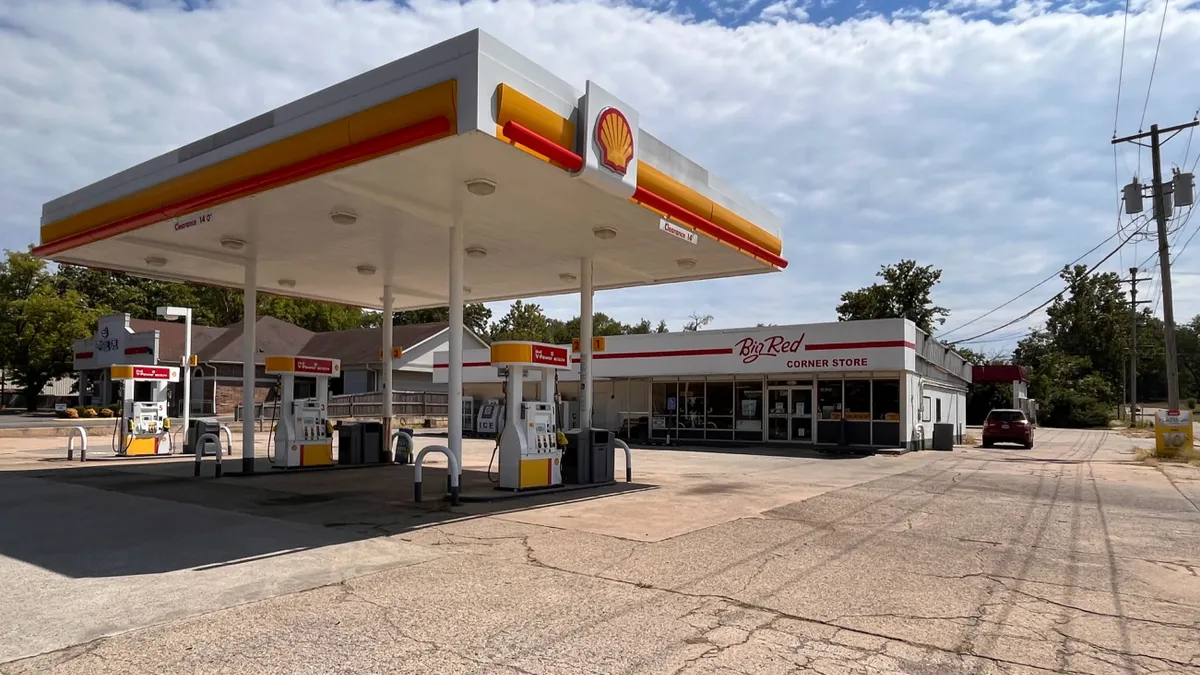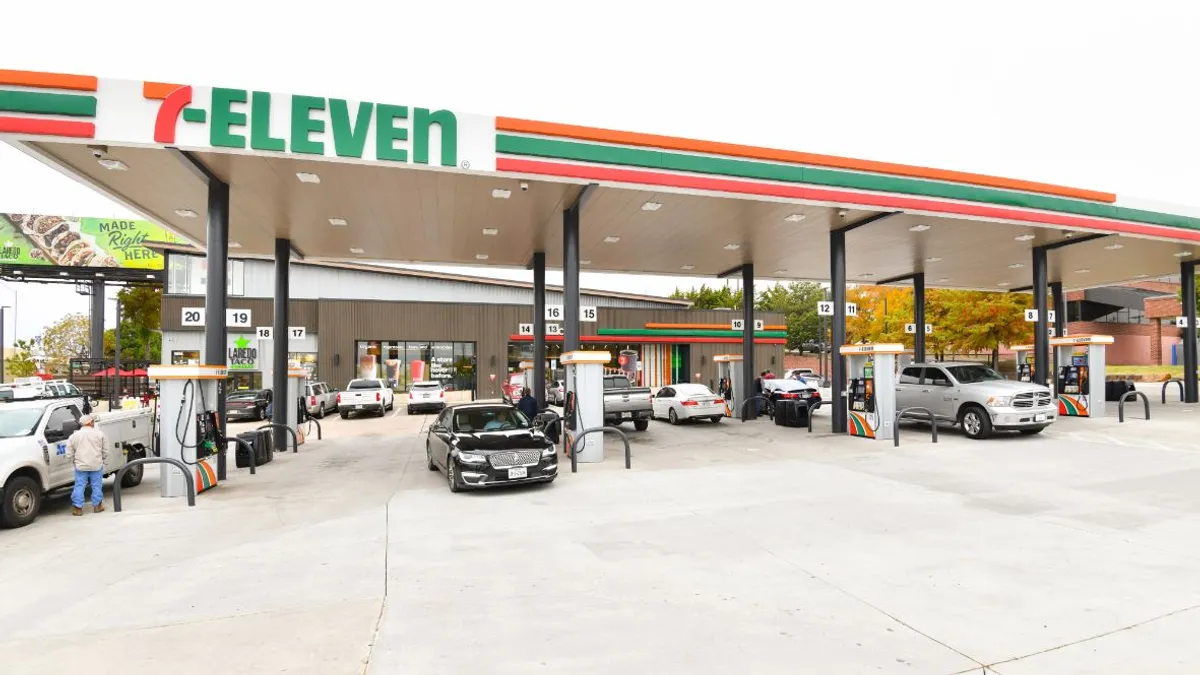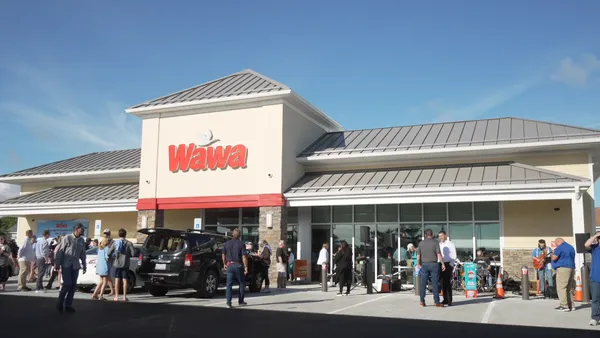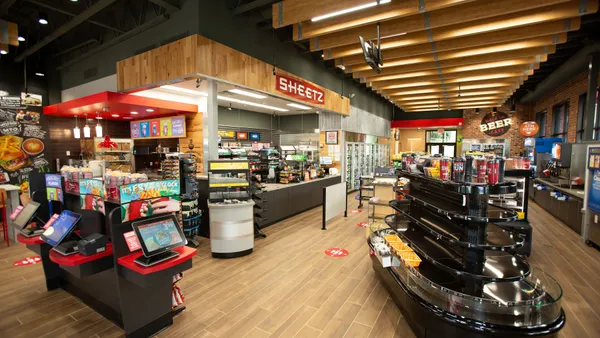Dive Brief:
- Parkland Corporation plans to open, acquire or raze and rebuild more than 100 convenience stores between 2025 and 2028, the company announced on Tuesday.
- Additionally, the retailer said it expects to convert more than 175 c-stores to its On the Run banner and install about 1,800 electric vehicle charging ports over an unknown number of sites.
- Parkland expects to spend roughly $650 million on these growth initiatives as it looks to rebound from a difficult financial year, especially in the U.S.
Dive Insight:
Parkland is looking to establish a sustainable growth trajectory in North America after paring back some of its footprint. The company announced earlier this year that in the face of economic headwinds and supply issues, it wants to sell its underperforming Florida business, which includes about 100 convenience stores among other assets. The divestment of these stores is expected by the end of 2025, the company said.
The company has also cut more than 300 employees in the U.S. since the start of 2023 and has consolidated regional branches in the states to save costs.
In addition to the store growth and rebranding plan the company announced Tuesday as part of its 2025 guidance, Parkland also said it plans to spend another $650 million on initiatives geared toward commercial customers, including cardlock expansion and multi-product offers, as well as toward enhancing the company’s supply advantage.
The earmarked money is part of $5 billion being spent over three years, with the rest going to stock-based activities like paying dividends and buying back stock.
“We enter 2025 confident in our strategy and plan to achieve our 2028 growth ambitions," said Bob Espey, president and CEO of Parkland. "The Parkland team will continue to focus on growing our customer volumes while achieving the synergies and efficiencies from previous acquisitions."
Separately, Parkland revealed it will outsource its IT department’s responsibilities to professional services firm Accenture. Company officials stressed that the move, which transferred 20 employees to Accenture and resulted in layoffs for 80 others, was not intended as a cost savings measure, but to expand Parkland’s technological capabilities.












